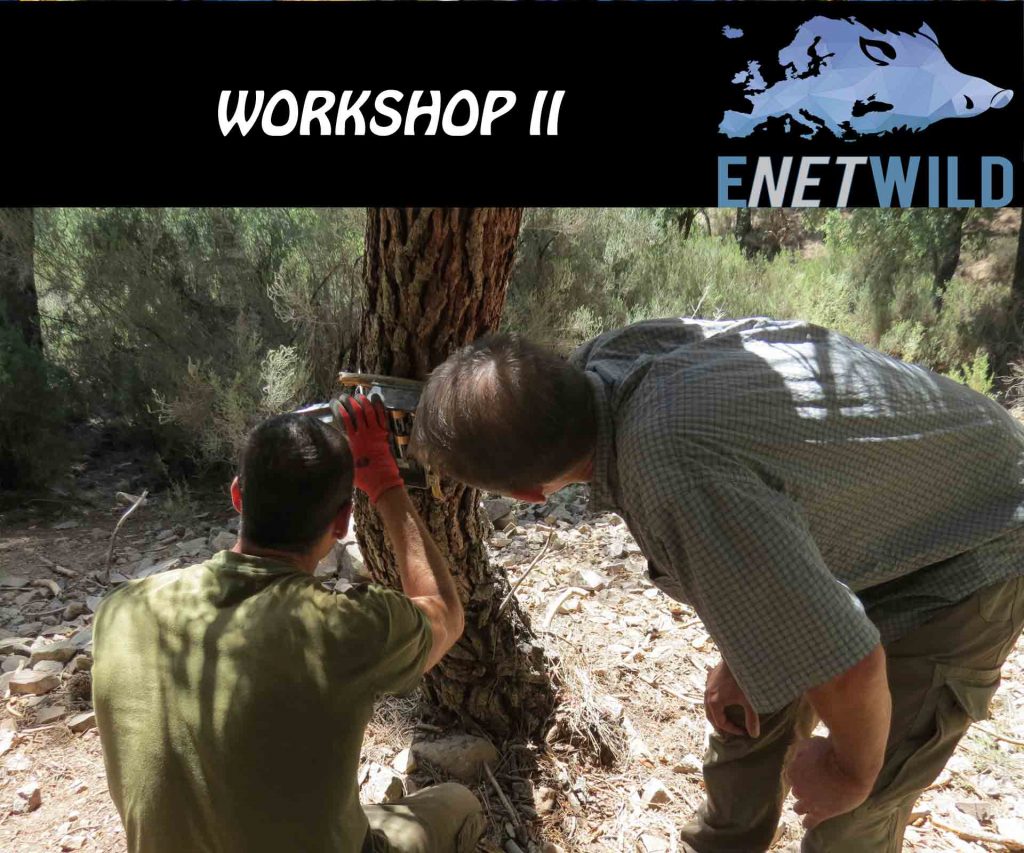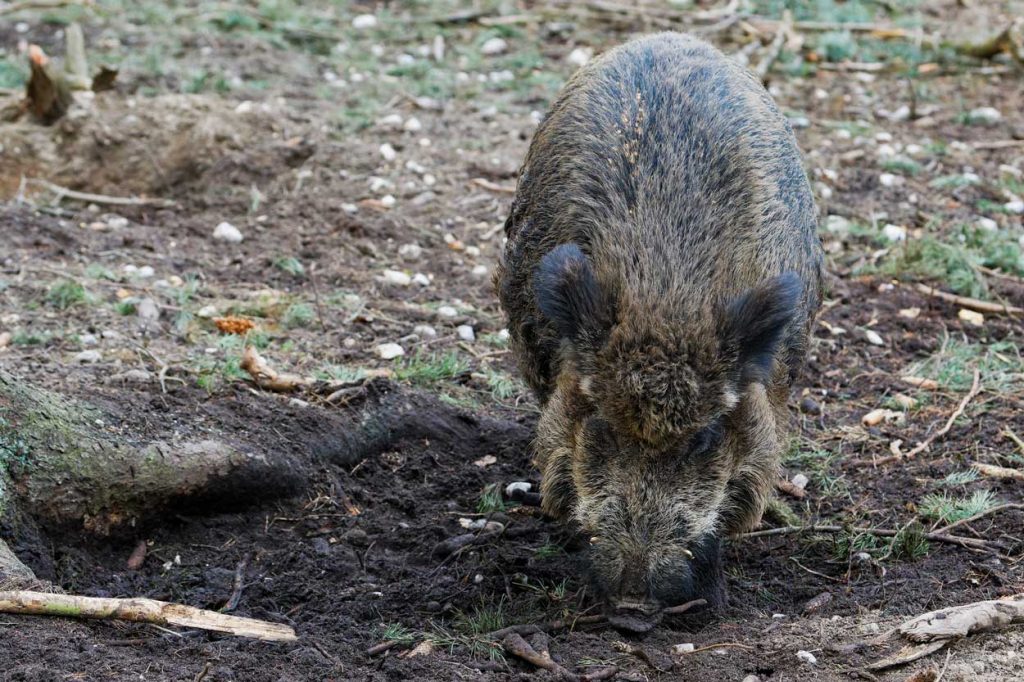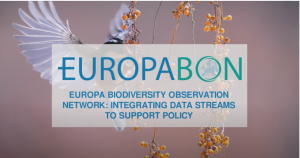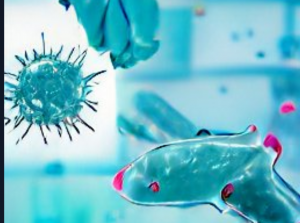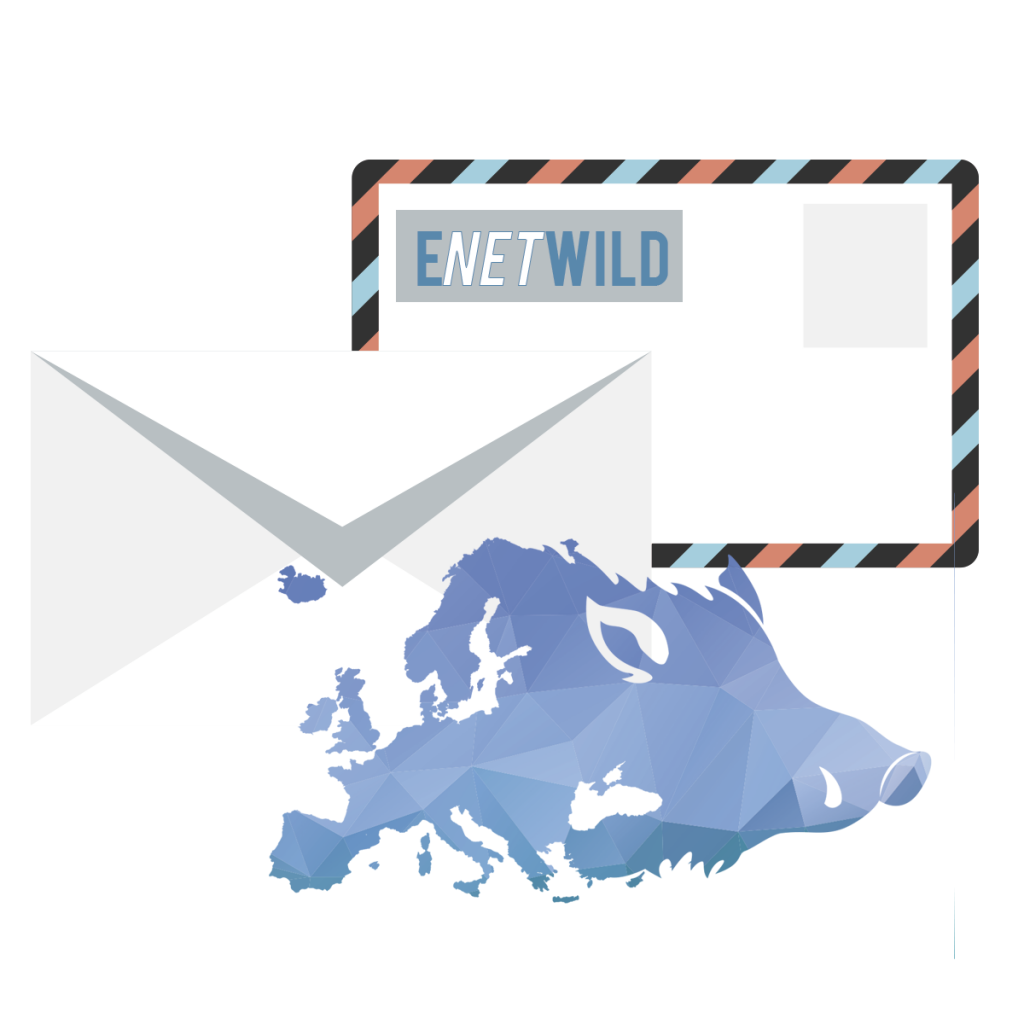1. How harmonizing practical abundance estimation methods
2. What kind of data can be converted to develop wild boar abundance estimates
1. How harmonizing practical abundance estimation methods
Harmonization aims at improving comparability among data collected.
To identify which methods are used and rank them in order of how reliable they are. Identify which the methods have to be harmonized (most used standard method? and is there any gold standard method?). Identify which methods used in each country/habitat and develop transformation tools to be able to compare data from many sources (hunting, telemetry, camera trapping, field monitoring etc.)
Camera traps method would be recommended as a uniform method of estimating wild boar abundance all over Europe. A proper detailed protocol should be worked out
Need for developing and harmonizing abundance determination methods in some cases is independent from hunting, since progressively a higher proportion of wild boar population is thriving in non-hunted areas (urban, periurban, protected)
Exclude human-dominated areas from calculations on hunting grounds
Two levels: Regional/national level AND local/hunting ground level (differences in habitats/barriers and fences)
Regional/National levels
- Hunting bags
- Using the existing non-harmonized data in the short-term, but aiming at harmonizing recording of hunting data in the mid-term
- National data are available; regional data should be equally available, but it is not always like that; local data availability is more variable. One goal should be proposing European legislation changes in order to harmonize data collection and availability
- Modelling based on hunting bags, habitat suitability model, density data (if available, normally more qualitative than quantitative). Determining an effort limit and detectability (depending on the method used to assess abundance) are essential to use abundance estimates for modelling. Again, metadata are basics. Detection APP (citizen science) could also be used for modelling
- Indirect indicators of density, such as road accidents/mortality or crop damages, could be used as trend indicators and data quality control
Local/hunting ground levels
- Camera trapping
- Drive hunt/counts
- Direct counts (feeders, areas allowing direct sampling, …)
Time perspective: first level right now (but there are budgetary constraints), secondly able to be developed and harmonized in a reasonable time (2-3 years)
Propose to incorporate these calibration experiments in the ASF control programmes for Member States as an EFSA (or EC) recommendation; e.g. “to increase the capacity of interpreting lab results of ASF diagnostics we need to calibrate field estimation methods of wild boar abundance…”
For harmonisation of methods we need long-term effort and funding for field-based experiments. When financially possible, decide who will do it within the consortium and from the respective regions/countries
Seasonal and annual corrections are needed
Separate by categories low risk – high risk: used additional study in high risk areas to create recommendations based on multiple scenarios
Suggestion: Validating/calibrating existing and widely available data sources (harvest data) with camera-trapping to be able to use those sources in the future; we need specific study sites to perform such experiments (cross-validation studies). Find the correlations between used methods in deeply studied regions to develop transformation tools that could be used for abundance estimation in all Europe
2. What kind of data can be converted to develop wild boar abundance estimates?
Suggestion: Convert hunting bags into density (look for local scientific studies to provide indexes, e. g. Italy 2 cases, Poland 6 cases, etc.), two approaches:
- Get hunting bag index, from hunting bag corrected for hunting effort (area, nº of hunter, hunting dogs, and hunting method single/massive) from large areas
- Get density prediction from this correlation between hunting bag index and density at large scale
- Get hunting bag index, from hunting bag corrected for hunting effort (area, number of hunter, hunting dogs, and hunting method single/massive) from research site
- Study the correlation between hunting bag index (i.e. hunting bag corrected somehow by hunting effort) ~ density (in the specific research areas where it is done with the best available method, i.e. camera traps, CMR, distance sampling)

